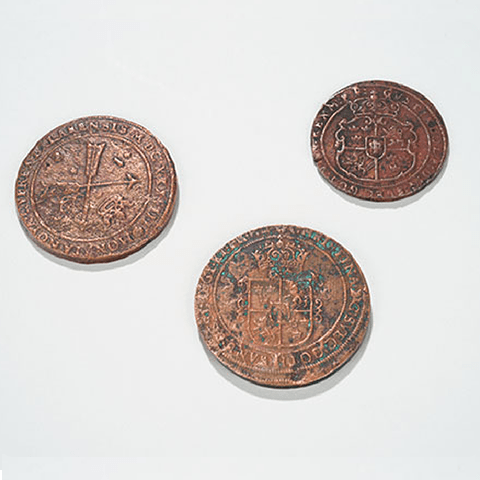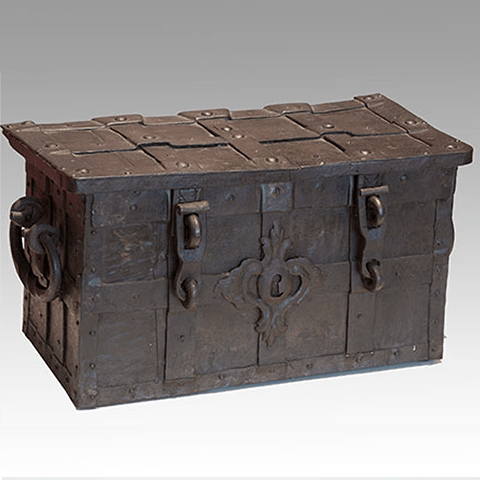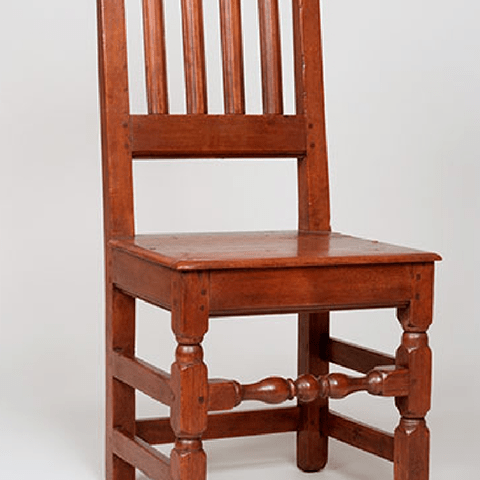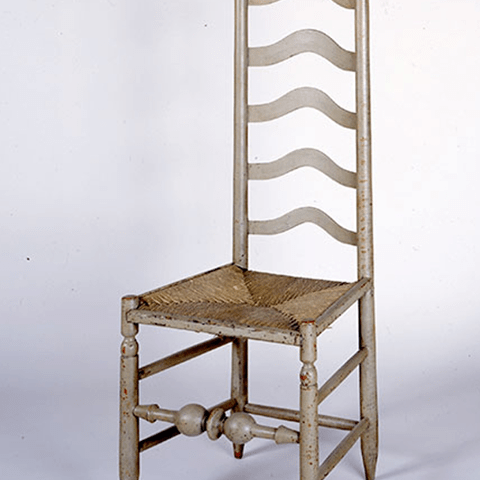Colonial Settlement and Global Trade
Before the appearance of Europeans in the so-called New World, Delaware and the surrounding region were the ancestral homelands of Indigenous people such as the Lenape and Nanticoke. In the 17th century, European settlers arrived from Sweden, Holland and Britain, looking for goods to trade and lands to possess. With them came enslaved people from Africa. The first permanent Delaware colonies included Sweden’s Fort Christina in Wilmington (1638) and Fort Casimir of New Castle, built by the Dutch in 1651. In 1682, the Duke of York gave Delaware’s three counties to William Penn, founder of Pennsylvania, and the British began to arrive en masse. During this period, global trade spread resources and aesthetics to the American Colonies, profound influencing early American material culture. Indigenous Americans, many of whom were forced out of this region in the centuries after colonization, and enslaved people are largely invisible in this period of the collection. This reflects collecting practices and racial inequality throughout American history and serves as a reminder that some groups and voices are purposefully left out of the archive.






